Moore wants Maryland to lead on offshore wind, and here's how Crisfield is already pioneer
- Oops!Something went wrong.Please try again later.
There’s a wind turbine up and running on Maryland’s Eastern Shore. It’s on the land, not at sea, but the pair of wind projects going into the water near Ocean City may be able to learn lessons from the crab-emblazoned, spinning sight to see in the small southern dock city of Crisfield.
The turbine, located behind Crisfield’s wastewater treatment plant, was turned on in 2017. It has not been without its challenges — the turbine was struck by lightning in 2021 and cost the city thousands of dollars when the electrical parts needed for repair were shipped from Germany. This led to a months' long pause in power production from the 69-foot blades that reach nearly a football field’s length into the sky when attached to the 250-foot monopile near Seventh Street.
But the climate contributions and cost savings from the project are worth considering too. A Maryland Department of the Environment report prepared in 2005 indicated that over half of Somerset County, including Crisfield, falls within a federally-designated flood zone, made more vulnerable by sea level rise, caused by warming temperatures and melting ice caps. Dorchester County, which has islands adjacent to Somerset County’s islands, falls 61 percent within a flood zone.
Economic losses due to building damage alone were estimated by the report in the billions of dollars, statewide.
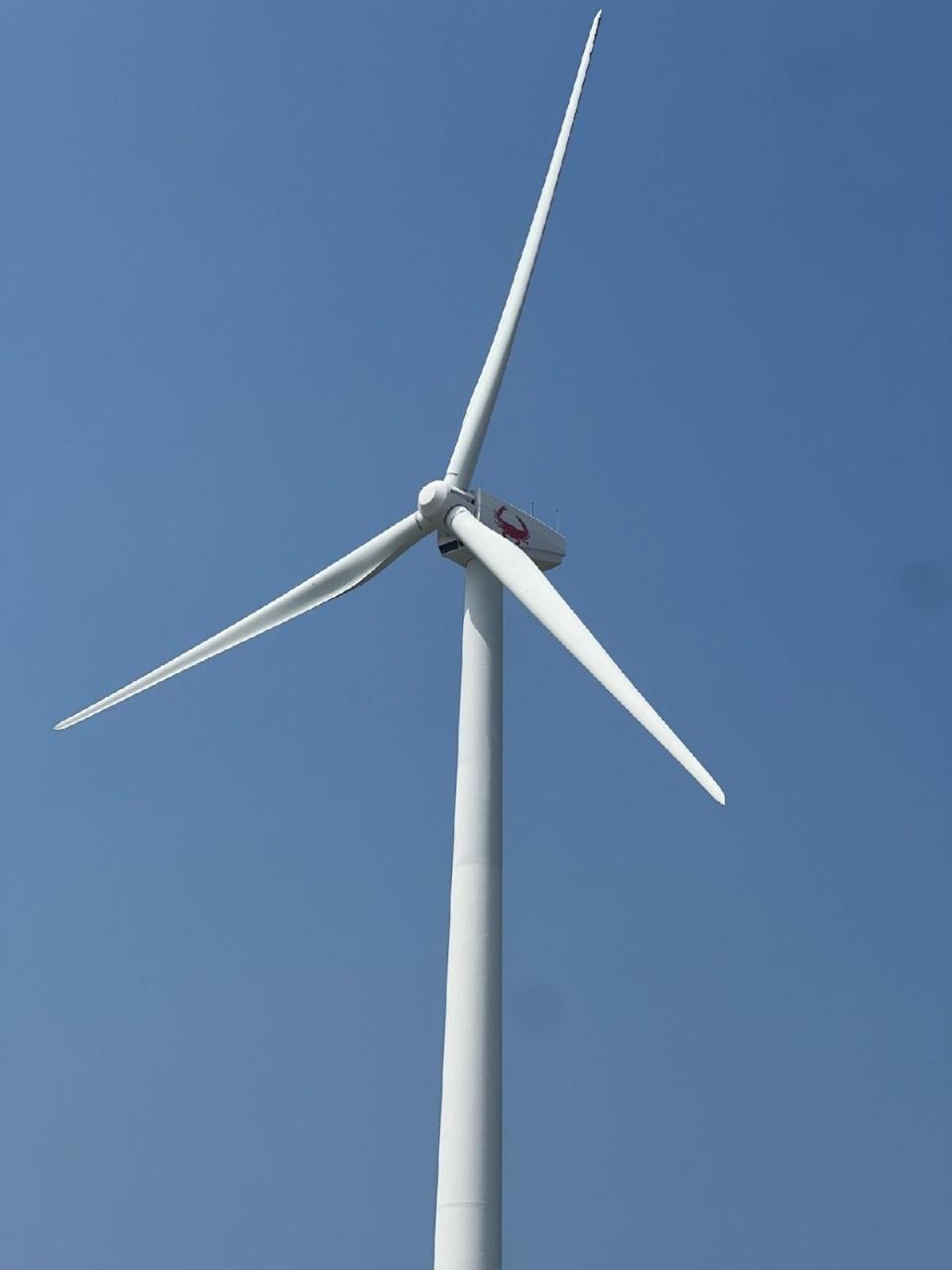
More: Embattled Crisfield wind turbine project gets underway
More: Maryland offshore wind push gains momentum with federal help. Here's what lawmakers plan.
“The jurisdictions that are getting hit hardest,” said Gov. Wes Moore, speaking about climate change during a June 27 interview at a convention center in Ocean City, “is the Eastern Shore.”
The new governor, who signed legislation promoting offshore wind earlier this year, spoke about working with local elected officials and community groups on offshore wind projects near the town’s coast, but the primary drivers of project implementation are the two companies involved.
Two companies driving offshore wind future in and near Maryland
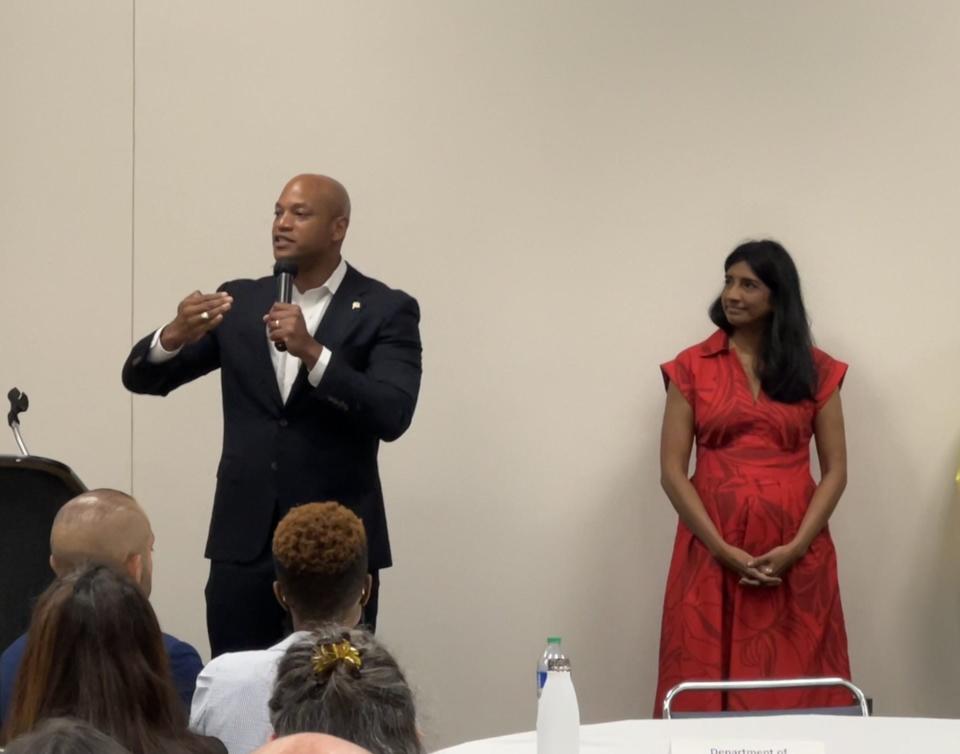
US Wind and Ørsted currently have federal leasing agreements to operate their scores of turbines in the ocean between 15 to 21 miles off the coast of Maryland. The Baltimore-based US Wind is considering properties in Ocean City for the maintenance and operations of the turbines that are scheduled to be operational by 2026.
“We are exploring multiple options to support operations of our wind farms locally,” said Nancy Sopko, senior director of external affairs at US Wind, in an email. “No cables from US Wind’s projects will come ashore in Ocean City, Maryland.”
The company plans to connect the turbines’ cables to the power grid in Sussex County, Delaware.
A June report from the American Council on Renewable Energy said a lack of proactive transmission planning has resulted in the regional grid becoming increasingly congested. And the regional grid operator, PJM, which serves approximately 65 million people in 13 Mid-Atlantic states and the District of Columbia, is working to reform its processes to clear up the crowding. The change is set to take effect in 2026, the same year the turbines are set to start pinning.
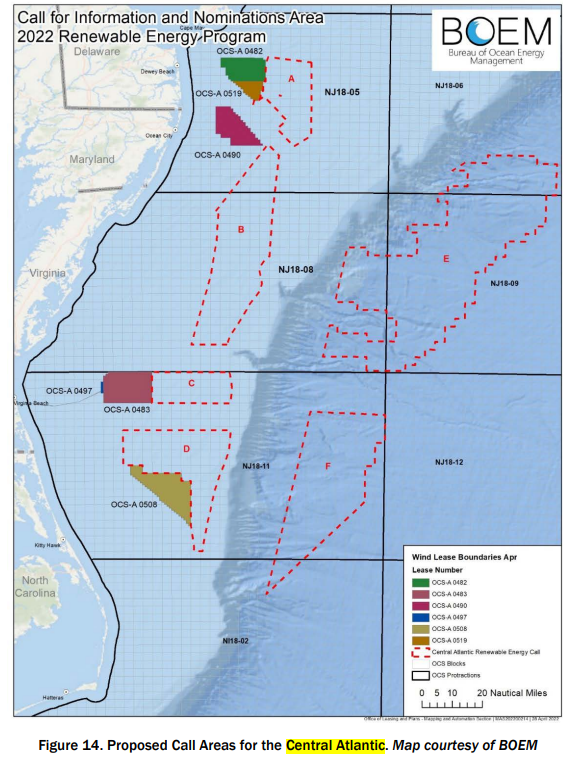
More: Ocean City delegate's amendment left behind as Maryland pushes ahead with offshore wind
Similarly to US Wind, the Denmark-headquartered company Ørsted, which operates America’s first field of offshore wind turbines off the coast of Rhode Island, plans to avoid Maryland’s ocean shoreline with its cables and connect to the grid in the neighboring state of Delaware.
“We do not expect to make landfall in Ocean City, Maryland,” said Maddy Voytek, Ørsted’s head of government affairs and market strategy for Maryland, in an email. “We are currently undertaking a comprehensive evaluation of landfall options in Delaware.”
A potential reason why?
The mayor and Town Council of Ocean City passed a resolution in opposition to offshore wind turbines in 2018 and a lobbyist testified in opposition to the wind bill on their behalf this year.
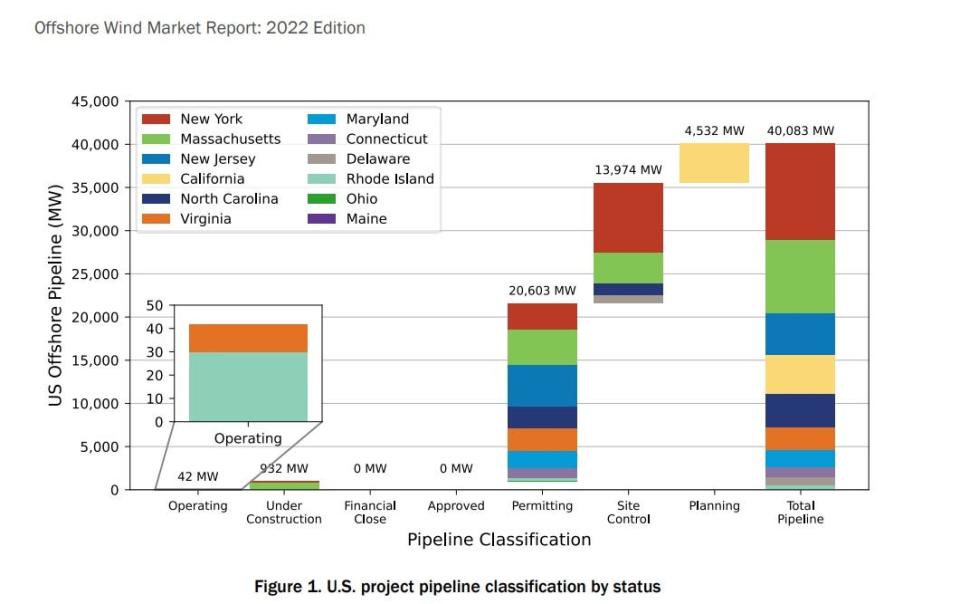
Nevertheless, Ørsted is scheduled to build a nearly $20 million operations and maintenance facility in west Ocean City, Maryland, on Harbor Road to service the company’s wind project.
The facility will include a warehouse, serve as Ørsted’s Ocean City area office and operate as a strategic embarkation point for up to three Crew Transfer Vessels that will service the turbines. More than 100 people will have either temporary or permanent jobs connected to the facility, including wind turbine maintenance technicians, engineers, and operations personnel.
Maryland’s U.S. senators join call for more coordination on offshore wind
A state Department of Environment report released last month called installation of offshore wind projects “far more complex” than a land wind project, indicating the plethora of job opportunities available supporting the nascent American industry, which has global competition.
A 2022 U.S. Department of Energy report indicated China installed 13,790 megawatts in offshore wind energy in 2021, bringing its total offshore wind capacity to over 20 gigawatts.
The same report indicated the U.S. had less than one gigawatt in operation that year, with over 20 gigawatts in the permitting stage. A cadre of U.S. senators wrote to the president on Friday requesting that the White House take a more active role in meeting U.S. offshore wind goals.
The Biden administration in 2021 called for 30 gigawatts of U.S. offshore wind energy by the end of the decade. Maryland’s new law calls for 8.5 gigawatts of offshore wind energy by 2031.
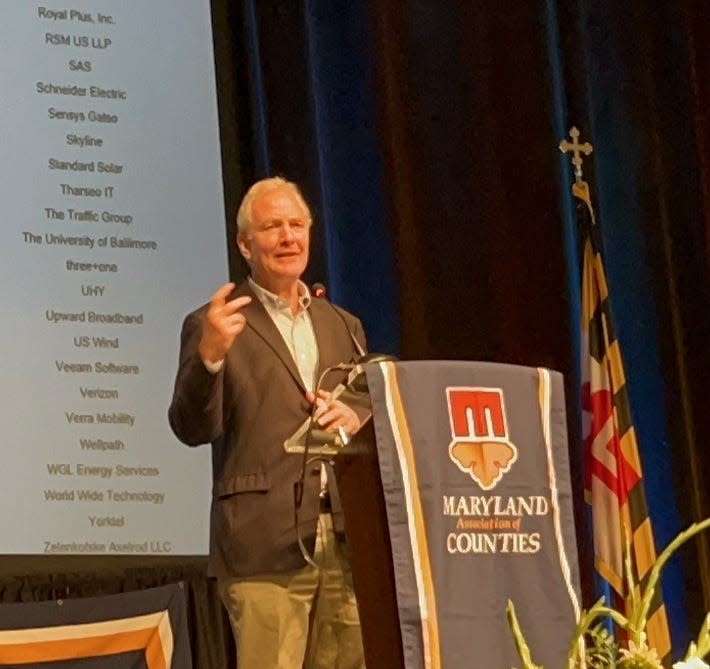
“Meeting these goals requires a coordinated strategy to resolve conflicts between agencies and maximize the availability of leasing,” Maryland’s U.S. senators, Democrats Ben Cardin and Chris Van Hollen, wrote to the president, alongside six Senate colleagues from East Coast states. “We urge you to designate a policy lead who can work to resolve existing use conflicts and ensure that projects remain viable and on track.”
Despite the lack of a White House policy lead, offshore wind projects are moving ahead in other states.
New York’s governor celebrated after the state installed its first steel monopile in the water last month. And in nearby New Jersey, where concerns regarding offshore wind's effect on marine life are being litigated, Ørsted got final federal approval for a project off the coast of New Jersey last week.
MOORE AT 100 DAYS: Maryland moves forward with Gov. Wes Moore during first 100 days as bills get signed
Maryland’s governor wants to be a pioneer on offshore wind, calling for “partners” on the Eastern Shore.
“We’re going to take a leadership role,” said Moore, during an interview in Ocean City late last month. “Everything we need to get done in our state is going to be done with the Eastern Shore.”
Dwight A. Weingarten is an investigative reporter, covering the Maryland State House and state issues. He can be reached at dweingarten@gannett.com or on Twitter at @DwightWeingart2.
This article originally appeared on Salisbury Daily Times: Maryland governor's goals for offshore wind can use Crisfield as model

